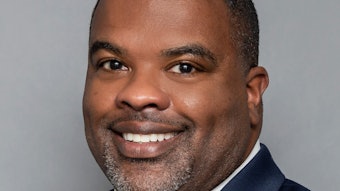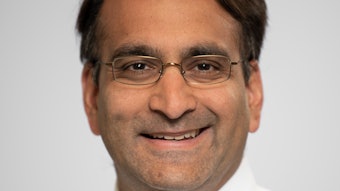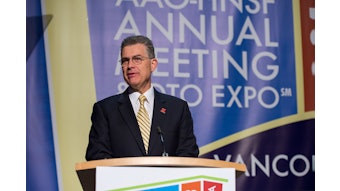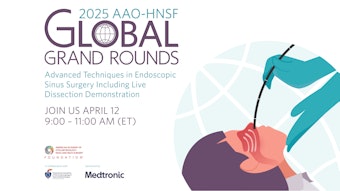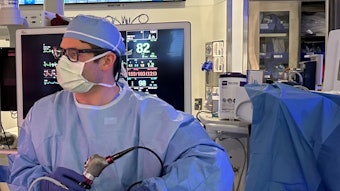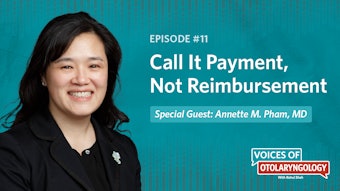Helping Patients Understand and Manage Their Aging Voice
Presbyphonia is characterized by vocal weakness, breathiness, and strain.
Matthew Marget, MD, and Hayley Born, MD, on behalf of the Voice Committee
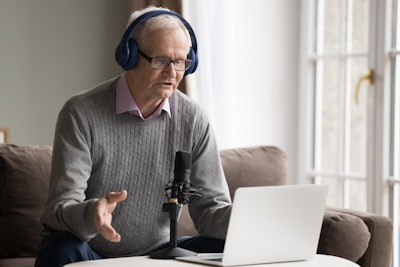
Age-related changes to the voice are generally referred to as presbyphonia. Presbyphonia is characterized by vocal weakness, breathiness, and strain. The aging voice can also be associated with air hunger during sustained periods of phonation, due to underlying glottic insufficiency, and pain with voicing, secondary to compensatory muscle tension.
Presbyphonia occurs on both the cellular and global level. Physical changes to the tissue of the larynx are compounded by other health conditions, such as poor breath support from underlying pulmonary disease, impaired neuromuscular control from neurological comorbidities, mucosal dryness secondary to impaired hydration or medication side effects, as well as overall frailty and global deconditioning with age.1
At the microscopic level, age-related changes to the vocal folds have an impact on the vibratory characteristics of the voice, caused by decreased bulk of the thyroarytenoid muscle, as well as increased stiffness of the superficial lamina propria, loss of elastic fibers, and disorganized collagen formation.2 Viewed through a video stroboscopy, these changes become apparent with characteristic findings of vocal fold bowing and incomplete glottic closure.
Voice therapy has long been the mainstay of treatment for the aging voice. Working with an experienced speech-language pathologist, patients can learn to improve their voice by optimizing vocal hygiene, strengthening the vocal tract, and improving breath support.3
Should voice therapy not provide sufficient benefit, procedural intervention can be considered. These interventions typically include injection augmentation of the vocal folds bilaterally and/or bilateral type I thyroplasty (medialization laryngoplasty). The goal of either intervention is to decrease the glottic gap during phonation, and therefore, decrease vocal effort and weakness. Interestingly, a study found that more patients who underwent bilateral thyroplasty found their voices subjectively better, while experiencing greater treatment effect, than patients who underwent injection augmentation.4
There are treatment options, both behavioral and procedural, to assist our patients with presbyphonia and the sensation of an aging voice. Patients should be encouraged to seek an experienced voice team (speech language-pathologist and laryngologist) when struggling with vocal changes with advancing age.
References
- Woo P, Casper J, Colton R, Brewer D. Dysphonia in the aging: physiology versus disease. Laryngoscope 1992; 102:139-144.
- Laitman BM, Laitman JT. The aging human larynx, presbyphonia, and voice quality: The evolutionary and social effects on listeners. Anat Rec (Hoboken) 2025.
- Haddad R, Bogdanski E, Mattei A, Michel J, Giovanni A. Treating Presbyphonia in 2024: A Scoping Review. J Voice 2024.
- Sachs AM, Bielamowicz SA, Stager SV. Treatment effectiveness for aging changes in the larynx. Laryngoscope 2017; 127:2572-2577.






